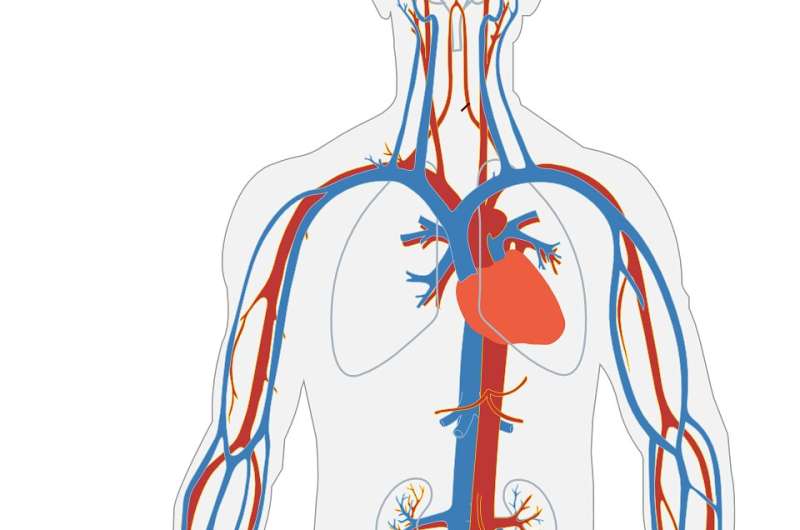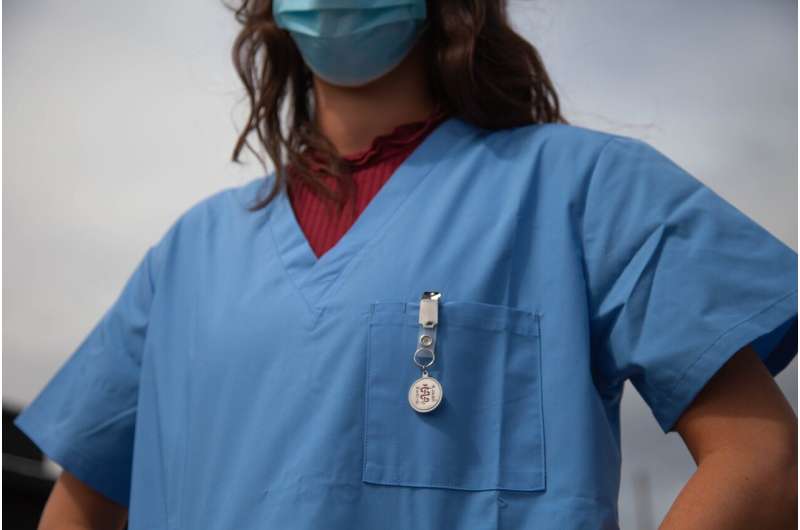Understanding Chronic Venous Insufficiency: Risks, Causes, and Treatment Options

Learn about chronic venous insufficiency, its causes, potential health risks, and available treatment options to maintain healthy veins and prevent complications.
In a recent health update, U.S. President Donald Trump was diagnosed with chronic venous insufficiency after experiencing mild swelling in his lower legs. According to his physician, this condition is common among older adults, isn't inherently dangerous, and the president remains in excellent health. But what exactly is chronic venous insufficiency, and what implications does it carry?
What is Chronic Venous Insufficiency?
Chronic venous insufficiency (CVI) is a circulatory disorder affecting veins, primarily in the legs. Veins are responsible for returning deoxygenated blood from the body back to the heart. In CVI, this process is hampered, causing blood to pool in the legs.
This pooling leads to increased pressure within the veins, resulting in symptoms like swelling (edema), skin discoloration, varicose veins, and in severe cases, skin ulcers that can tear due to stretched and weakened skin.
Causes of the Condition
The main culprit behind CVI is damage to the valves inside the leg veins. These valves normally prevent backward blood flow, assisting blood movement against gravity. When damaged—due to age, injury, or conditions like deep vein thrombosis (DVT)—blood can leak backwards and collect in the legs.
Additional factors such as damage to the vein walls (often from smoking or aging), external compression from pregnancy, obesity, or tumors, and previous blood clots increase the risk. Notably, about 10% of those with CVS have a history of deep vein thrombosis, though in Trump’s case, no evidence of DVT was found.
Who is Most Affected?
The prevalence of CVI is notable, with estimates suggesting that between 10% and 35% of adults in the United States are affected. Risk factors include older age, pregnancy, obesity, high blood pressure, and prolonged standing.
Is it Dangerous?
While CVI itself is not life-threatening, it can lead to more serious health issues. It increases the risk of developing deep vein thrombosis and pulmonary embolism, which can be fatal. The most severe complication is the development of venous ulcers—painful, recurrent skin wounds prone to infection. Approximately 4% of adults over 65 in the US may develop ulcers linked to this condition.
Treatment Approaches
Managing CVI depends on its severity and underlying causes. Conservative measures include elevating the legs to facilitate blood flow and wearing compression stockings that promote venous return. Regular exercise, especially walking, helps strengthen leg muscles and improve circulation. Weight management and lifestyle modifications can also reduce symptoms.
In more advanced cases, surgical interventions such as vein repair, removal of affected veins, or stenting for vein compression may be necessary. These procedures aim to restore normal blood flow and prevent complications.
Conclusion
While a diagnosis of chronic venous insufficiency may sound concerning, it is a manageable condition most often addressed by lifestyle changes and medical procedures if needed. For individuals like President Trump, being closely monitored and maintaining overall health reduces the risk of advancing complications. Paying attention to vein health and addressing risk factors like obesity, smoking, and prolonged standing can significantly lower the chances of developing this condition.
This overview underscores the importance of vein health awareness and early intervention to prevent serious outcomes associated with CVI.
Source: https://medicalxpress.com/news/2025-07-trump-chronic-venous-insufficiency-dangerous.html
Stay Updated with Mia's Feed
Get the latest health & wellness insights delivered straight to your inbox.
Related Articles
Innovative Protein Engineering Enhances CAR-T Cell Effectiveness Against Diverse Cancers
Yale researchers have engineered a novel protein toolset using Intrinsically Disordered Regions to enhance CAR-T cell therapy effectiveness against both blood and solid cancers, especially those with low antigen expression.
Expanding Nursing Roles: What to Expect from Prescribing Authority for Nurses in Australia
Australia is expanding nurses' roles by enabling registered nurses to prescribe certain medications, aiming to improve healthcare access and efficiency in the system. Learn what this change entails and its potential impact.
New Research Reveals Fixed Time Windows in How Our Brain Processes Speech
New neuroscience research reveals that the human auditory cortex processes speech within fixed millisecond-scale time windows, providing insights into how our brain interprets language beyond speech speed variations.
The Healing Impact of Music Therapy in the Cardiac Intensive Care Unit
Recent studies show that music therapy can significantly improve physiological stability for cardiac ICU patients, reducing heart rate, blood pressure, and ventilator asynchronies, thereby enhancing overall patient well-being.



